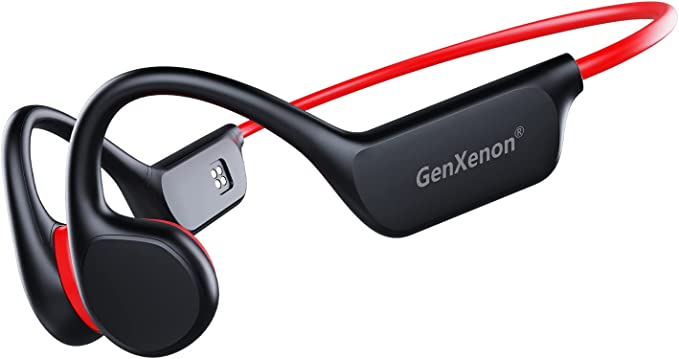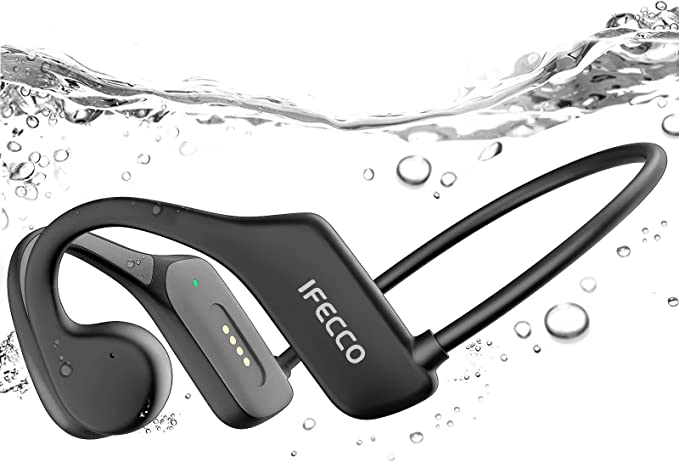The Rider's Reflex: Biomechanics and Motor Learning in Drift Triking
Update on Oct. 25, 2025, 5:44 p.m.
Place an experienced adult cyclist onto a drift trike for the first time, and a humbling comedy often unfolds. The confident athlete, master of two-wheeled balance, suddenly finds themselves flailing. A simple turn results in an uncontrolled spin. Pedaling feels disconnected from steering. As one user of a Razor DXT aptly described it, the initial phase is about “getting used to the dynamics of fighting my pedaling feet with my arms.” This experience of profound awkwardness is not a sign of failure; it is the first chapter in a fascinating story of neuromuscular re-education.
The thrill of drifting is not merely a product of the machine’s physics; it is born from the human body’s remarkable ability to unlearn deep-seated instincts and forge entirely new reflexes. Mastering a drift trike is less about raw strength and more about a haptic conversation between rider and machine. It is a journey that reshapes the brain’s internal maps of motion. To understand this journey, we must look beyond the steel and plastic and into the intricate systems of the rider: the body as a sensor, the brain as a command center, and the core as a dynamic stabilizer.

Chapter 1: The Body as a Sensor - The Role of Proprioception
Before you can control a slide, you must first feel it—intimately and instantly. This is the realm of proprioception, our body’s “sixth sense.” It’s the continuous, subconscious feedback loop from nerves in our muscles and joints that tells our brain where our limbs are in space without our having to look. When you ride a drift trike, this sense is on high alert.
The low-slung bucket seat is a key interface. It transmits the subtle cues of the rear end’s behavior directly into the rider’s hips and spine. The moment the low-friction rear wheels begin to break traction, the rider feels it not as a visual event, but as a tactile sensation of lateral acceleration—a distinct sideways push. The wide, moto-style handlebars do the same for the upper body, providing rich data about the front wheel’s grip and the forces acting upon the frame. Riding a drift trike is an exercise in listening to these physical whispers, learning to interpret the language of yaw, roll, and slip as it’s written upon the body.
Chapter 2: The Brain’s Counter-Intuitive Command - Mastering the Counter-Steer
Sensing the slide is only half the battle. The real challenge lies in the brain’s response. What must it command the body to do? The answer is profoundly counter-intuitive and lies at the heart of learning to drift: counter-steering.
For anyone who has ridden a bicycle, a lifetime of experience has forged a powerful reflex: if the bike leans or slides right, you instinctively steer left to correct it. On a drift trike, this instinct is poison. When the rear end slides out to the right, the physically correct response is to steer to the right—in the direction of the slide. Attempting to “correct” the slide with the old reflex will instantly amplify it into a spin.
This is where the science of motor learning comes into play. Acquiring this new skill typically follows three stages:
1. Cognitive Stage: The beginner phase. Every action is conscious and clumsy. The rider has to mentally repeat a mantra: “Slide right, steer right.” The movements are jerky, over-corrected, and exhausting. This is the “fighting my feet with my arms” phase.
2. Associative Stage: With practice, the brain starts to form new neural pathways. The rider begins to associate the sensory input of a slide with the correct motor output of a counter-steer. The movements become smoother, and the rider can start to sustain short drifts instead of just spinning out.
3. Autonomous Stage: Mastery. The counter-steer reflex is now subconscious and automatic. The rider no longer thinks about the mechanics; they simply feel the desired arc of the turn and their body responds. This is where the true joy and “flow” of drifting begins.
Chapter 3: The Core of Control - Biomechanics of a Drift
Once the brain issues the correct command, the focus shifts to the body’s physical execution. Drifting is a surprisingly comprehensive workout, engaging muscle groups far beyond the legs. The true engine of control is the rider’s core.
As the trike slides sideways, powerful rotational forces (torque) try to twist the rider’s torso off the seat. To counteract this, the abdominal muscles, particularly the obliques, must engage isometrically. Their job is not to create rotation, but to resist it, acting as a dynamic gyroscope that keeps the upper body stable and oriented.
A skilled rider actively uses their body to manipulate the trike’s center of gravity. Leaning the upper body into the turn helps pull the machine along the desired path. Shifting weight forward or backward on the seat subtly alters the grip on the front and rear wheels, respectively. The legs, when not pedaling, are often braced against the pedals, transforming them from power-producers into stabilizing struts. It is a full-body dance, a constant, fluid adjustment of posture and pressure to sculpt the perfect arc of a slide.
Chapter 4: The Reward of Mastery - From Chaos to Flow
The process of rewiring your reflexes is challenging, but the payoff is immense. When the counter-steer becomes second nature and the body moves in harmony with the machine, the rider enters a state of profound focus and enjoyment that psychologists call “flow.”
In this state, the sense of self-consciousness dissolves. Time seems to warp. The rider is completely absorbed in the act of managing grip and slip, making hundreds of tiny, subconscious adjustments. The initial feeling of “fighting the machine” is replaced by a feeling of “oneness” with it. This is the source of the addiction, the reason riders will hike up a hill again and again for another 30-second run. The thrill comes not just from the speed or the slide, but from the deep, intrinsic satisfaction of mastering a complex, counter-intuitive skill.

Conclusion: A Neuromuscular Training Tool
Viewed through the lens of biomechanics and motor learning, the drift trike transforms from a simple ride-on toy into a sophisticated neuromuscular training device. It forces the rider to abandon old habits, forge new neural pathways, and develop a heightened sense of proprioceptive awareness. It challenges the body’s stability and control in a unique, three-dimensional way, providing a potent core workout disguised as pure fun.
The journey from a spinning novice to a graceful drifter is a powerful lesson in the plasticity of the human brain and body. It’s a physical testament to our ability to adapt, learn, and ultimately find a state of joyful, flowing control in the midst of what once felt like chaos.





























